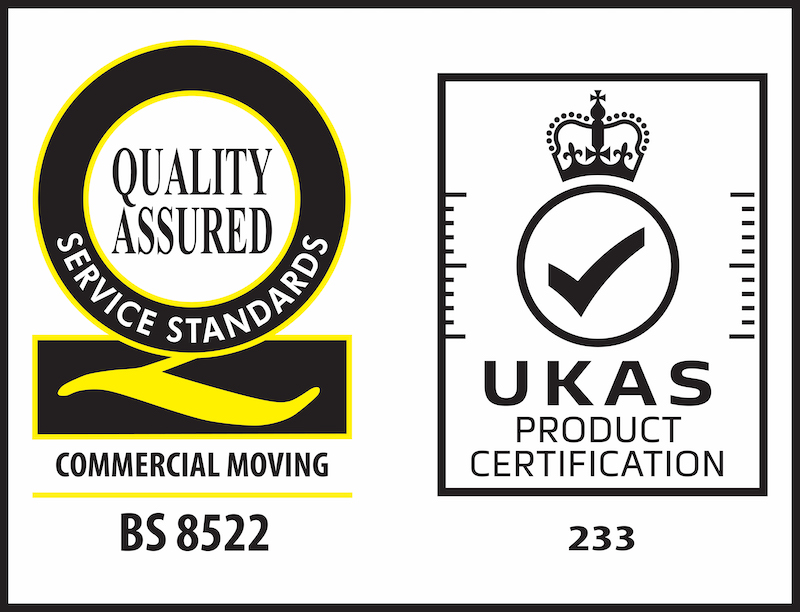Adapting to changing workplace trends: Looking to 2023
As our 2023 series concludes, Rachel discusses how workplace trends across all sectors have made an impact during 2022, and how this will affect monitoring and communication in new workplace cultures of 2023.

MORE STORIES
- Page 1 of 26
Please click here to chat through what you'd like your Success Story to be.
By Rachel Houghton, managing director, Business Moves Group

2022 was certainly a time of workplace change. The year began with fear from both the employer and the employee about how hybrid and in person workplace policies were going to manifest themselves within their business; will it be suitable, how will the teams around you react, and how will it impact us personally?
I predicted that in 2022 we would see different sectors approach change with caution until the world settles. Whilst Covid-19 concerns weren’t necessarily on the agenda anymore this year, 2022 certainly didn’t provide an opportunity to settle down. Despite this, we saw some sectors perform better in this are than others. A survey conducted by Embryo revealed the top sectors in the UK for hybrid work in 2022 were:
- Recruitment and HR – 55.56%
- Marketing, Advertising and PR – 53.85%
- Public Services and Administration – 49.01%
- Information Research and Analysis – 46.15%
- Insurance and Pensions – 44.74%
What this demonstrates is that, for the most part, a happy medium was found across various sectors where the hybrid working model has been successfully applied. The key to navigating this? Communication.
Ensuring there is clear communication between both the employer and employee about expectations of hybrid working, such as the flexibility of start and finish times, is the essential ingredient for success in this scenario. Creating this will help to ensure that there is trust between your teams; the employer trusts them to complete their work unattended, and the employee feels empowered, and trusts the employer will support them.
Workplaces that choose to introduce hybrid working but subsequently choose to monitor their teams remotely are an example of where there is a lack of trust and good communication. Harvard Business Review found that monitoring employees makes them more likely to break rules, which reiterates how this practice is not an effective business strategy. Effective and transparent internal communication is the key to success when it comes to hybrid work.
In person work
We have become much more sociable over the last 12 months. As anxiety’s around travelling and being around other people have significantly reduced due to having nearly an entire year without enforced Covid-19 restrictions, more of us have been going into the office, especially within cities across the UK. Figures from office giant IWG demonstrated that average attendance at its UK office jumped 54% in the 11 months to November after the pandemic restrictions were eased.
Now we have team members coming back in the office, the task of updating the office to make it a more desirable place for your staff to be, as well as creating an incentive for them to come back, can create difficulties. It is important to remember when designing your new office space what your company culture is and what basic tools your employees need to be able to work. Does that mean collaborative spaces are a must? Or are the more ‘traditional’ desks with monitors still the way to go, with some modern design updates? Depending on the nature of your business, this can change drastically.
What is to come?
For 2023, there needs to be priority given to keeping allocated desks and quiet-friendly workspaces. Whilst the current office trends of having big open spaces with collaboration at the forefront of design are very aesthetically pleasing, your staff probably don’t want to sit on a high stool in a loud room for up to 6 hours a day when they’re trying to focus on their work.
The reality is that the workplace is constantly evolving, and I am sure that throughout 2023 we will continue to see more changes.
The workplace in 2023
Click the links to read the previous articles by Rachel in this series:
MORE STORIES
- Page 1 of 26
Please click here to chat through what you'd like your Success Story to be.





